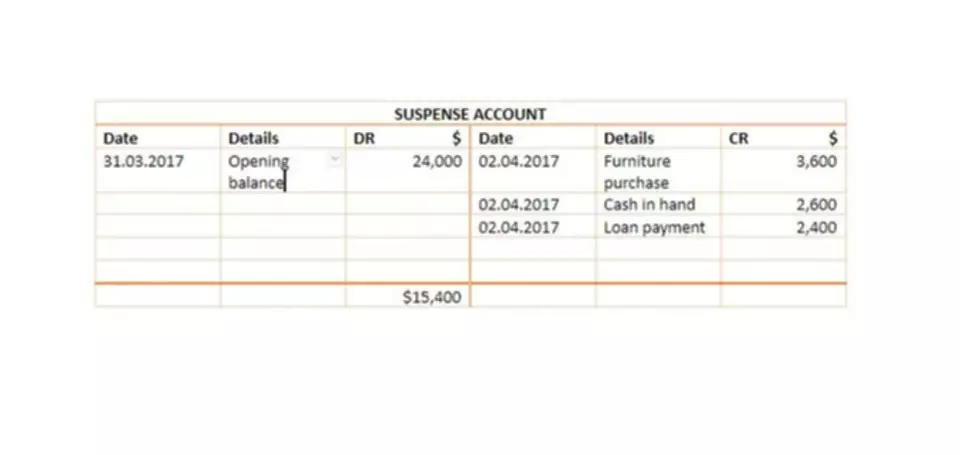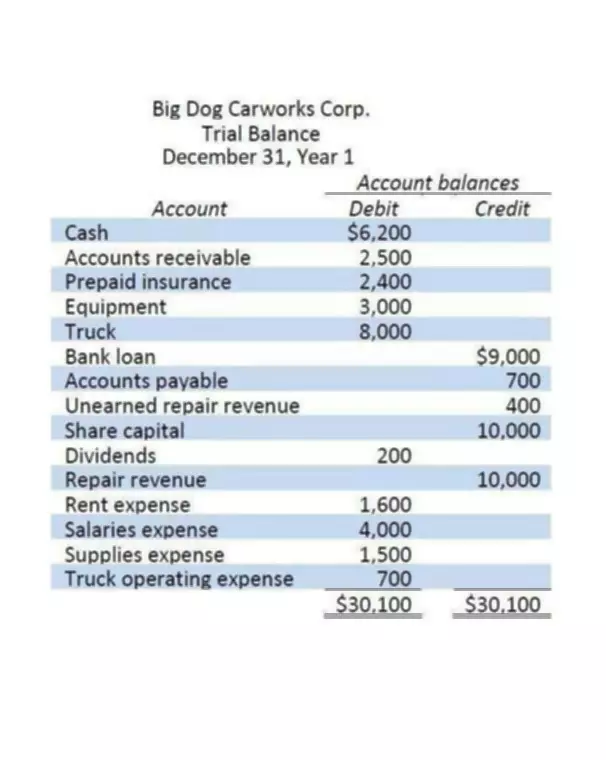Units of production method Production run method 100% definitive guide
Content
- How to Calculate Units of Production Depreciation
- Actual Number of Units Produced
- Depreciation Methods
- Explanation of Units of Production Method of Depreciation
- When to Revise Unit of Production Rates
- Units of production method (Production run method)
- How is the Unit of Production Method of Depreciation Used?
Its value indicates how much of an asset’s worth has been utilized. Depreciation enables companies to generate revenue from their assets while only charging a fraction of the cost of the asset in use each year.
Plant Assets: What Are They and How Do You Manage Them? – The Motley Fool
Plant Assets: What Are They and How Do You Manage Them?.
Posted: Wed, 18 May 2022 07:00:00 GMT [source]
Fixed costs are costs that remain the same even if production does not occur. Thus, the Units of Production method are appropriate for this type of asset. Again, the first step is the calculation of a rate by dividing the depreciable basis by the expected number of hours of operation. However, for static assets such as buildings, the units of production method is inappropriate.
How to Calculate Units of Production Depreciation
The units-of-production depreciation method depreciates assets based on the total number of hours used or the total number of units to be produced by using the asset, over its useful life. This calculator is for units of production method of depreciation of an asset or, the amount of depreciation for each unit and period. This calculation is equivalent to our units of activity depreciation calculator. The unit of production method is a method of depreciation in which the depreciation of an asset is calculated using its actual usage and not the passage of time. The unit of production method depreciation begins when an asset begins to produce units.
What is the most important economic unit?
The family is one of the most important socio economic institutions in our society, but the nature of the links between family members varies dramatically across nationalities.
Depreciation, and business owners often want to find what works best for them—accuracy, convenience, tax-friendly. While the straight-line method might be easy, it doesn’t take into consideration how cared-for an asset is and how much work it performs. An item that is used constantly and rarely cared for won’t last as long than a well-cared-for item or rarely-used asset. Over its useful life it is estimated that it can process 5,000 kgs of coffee or 200,000 servings.
Actual Number of Units Produced
Use the Units of Production Depreciation Calculator to calculate the depreciation expense based on the number of products that your machinery or equipment can output each year or during productive life. To calculate the depreciation cost per unit of production, the depreciable value is divided by the number of units expected to be produced by the asset during its useful life. To calculate the depreciation for each period in units of production depreciation, a company is expected to estimate the total units of production that an asset can produce throughout its useful life. Multiply the number of hours of usage or units of actual production by the depreciation cost per hour or unit, which results in the total depreciation expense for the accounting period. You cannot use units of production depreciation to calculate your tax deduction.
- Trading companies, service industry etc. will use straight line method rather than units of production method.
- To calculate the unit production rate, you must know the original cost of the asset as well as its expected salvage value and how many units the asset is expected to produce in its lifetime.
- A higher expense is incurred in the early years and a lower expense in the latter years of the asset’s useful life.
- Adam Hayes, Ph.D., CFA, is a financial writer with 15+ years Wall Street experience as a derivatives trader.
- Its means that their base is units produced by the plant instead of a number of estimated useful life.
- Once you have the UPR, multiply it by the number of actual units produced for that current year.
Units of production method or allocates cost of asset on the basis of actual use of asset and thus matching the cost and benefits in a much better way units-of-production method than any other depreciation method. Straight-line method calculates depreciation on the basis of time and asset is depreciated even if it is idle.
Depreciation Methods
Below are two examples of how to calculate depreciation for fixed assets using the units of production depreciation method. The first is for a sewing machine, and the second is for a crane purchased for your factory. The units of production depreciation method requires the cost basis, salvage value, total estimated lifetime production, and actual units produced for the sample calculations. Unit of production method calculates depreciation charge on the basis of actual usage of asset.
How to Determine an Asset’s Salvage Value – The Motley Fool
How to Determine an Asset’s Salvage Value.
Posted: Wed, 18 May 2022 07:00:00 GMT [source]
That browning is a lot like “depreciation.” Depreciation in accounting means to spread the cost of buying an asset over a period of time. As the asset is worn down by wear and tear, technology, obsolescence, depletion, decay, rot or inadequacy, both the cost and value of the asset is written off on the balance sheet. There are several different ways to account for deprecation, and units of production is one of them. Different depreciation expenses can be estimated for an asset using the unit of production method.
Explanation of Units of Production Method of Depreciation
For example, in the earlier example where straight-line depreciation was applied, the building was sold after two years for $290,000 creating an $82,000 loss because the book value was $372,000. Calculating unit of production depreciation manually can be hectic and time consuming, fortunately an online calculator can be used as a substitute. The first step is to estimate the number of units that an asset can produce during its useful life. The Units of production depreciation are also known as productive output depreciation, units of production depreciation, or units-of-output depreciation. Residual Value is the estimated scrap value at the end of the useful life of the asset.
Therefore, useful life of an asset under Units of Production Method is stated in terms of production output or usage rather than years of service. In the sum-of-the-years digits depreciation method, the remaining life of an asset is divided by the sum of the years and then multiplied by the depreciating base to determine the depreciation https://online-accounting.net/ expense. The sum-of-the-years-digits method is one of the accelerated depreciation methods. A higher expense is incurred in the early years and a lower expense in the latter years of the asset’s useful life. The Unit of Production method is a form of Depreciation used to allocate fixed costs throughout the useful life of an asset.
When to Revise Unit of Production Rates
While the estimated salvage value at the end of its life will be $20,000. In this method, the amount of depreciation expense is much higher in the period of heavy production compared to the periods of low production. Below is the summary of all four depreciation methods from the examples above. This means the number of units manufactured by the company in the period for which the depreciation is being calculated. This method is closely related to the units an asset produces during its useful life.
What is unit production in economics?
A production unit carries out an economic activity under the control and responsibility of an institutional unit using inputs of labour, capital and goods and services to produce outputs of goods and services.
Units of output is a depreciation method where depreciation is calculated based on the actual usage of the asset. Below is a short video tutorial that goes through the four types of depreciation outlined in this guide. While the straight-line method is the most common, there are also many cases where accelerated methods are preferable, or where the method should be tied to usage, such as units of production.










